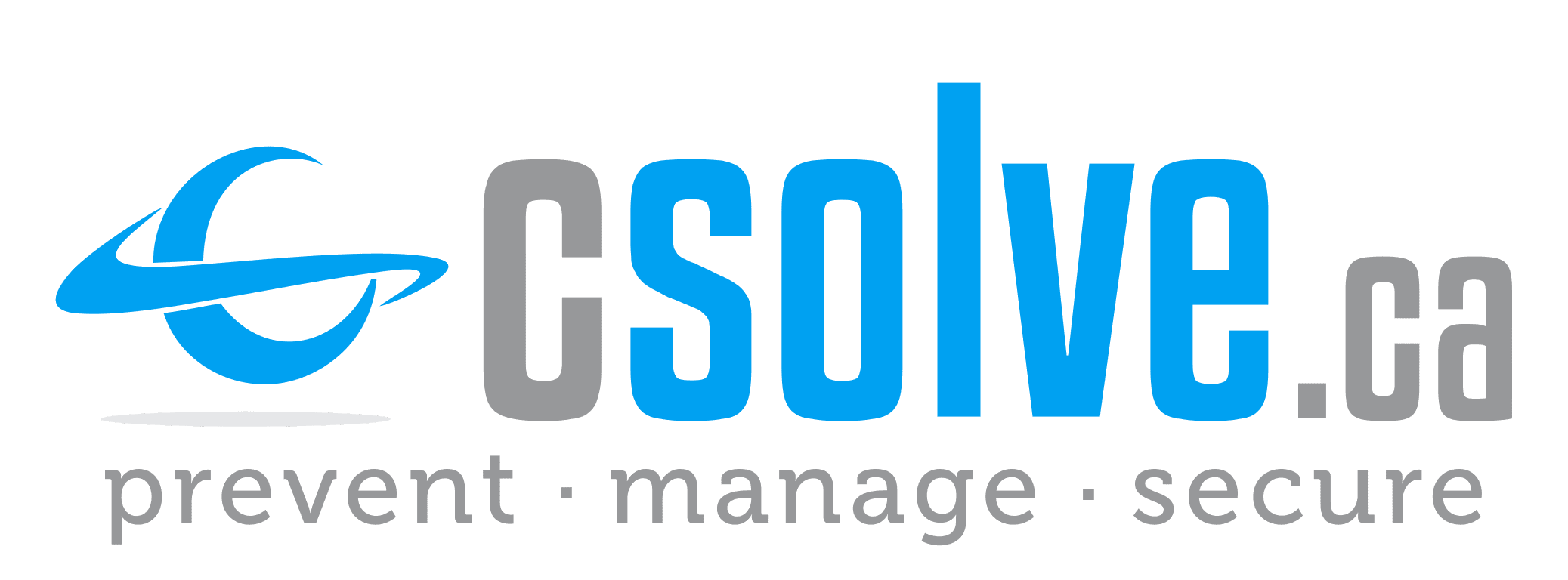
In today’s interconnected world, organizations understand the importance of prioritizing cybersecurity. With cyber threats continually evolving and growing more complex, it’s essential to remain vigilant and protect digital assets. A vital component of this defence is vulnerability management.
Read on to understand the process and how it works.
What Is Vulnerability Management?
Vulnerability management is a proactive approach to identifying, evaluating, and preventing security breaches within an organization’s systems and software. A security vulnerability is a weakness or defect in software code, configuration, or architecture. Attackers can exploit it to gain unauthorized access, disrupt operations, or steal sensitive information.
By systematically identifying and addressing issues, this approach can help organizations reduce the risk of security breaches and data compromises. It involves continuous monitoring, assessment, prioritization, and remediation of vulnerabilities to maintain a strong security posture.
How Does a Vulnerability Management System Work?
A vulnerability management system (VMS) is a software application that acts as a central hub for all security-related activities. Here’s a breakdown of a VMS’s core functionalities:
Asset Discovery and Inventory
The VMS automatically discovers and catalogues all IT assets within your network, including servers, workstations, network devices, and applications. This comprehensive inventory can help the system check all devices during scans.
Scanning
The system employs various scanning techniques to identify vulnerabilities within discovered assets. These scans can be network-based, agent-based, or both, leveraging industry-standard databases to pinpoint known weaknesses.
Vulnerability Assessment
Following the scan, the VMS analyzes the discovered issues, providing details such as severity, exploitability, and potential impact. This assessment helps prioritize remediation efforts by focusing on the most critical issues.
Prioritization
The system assigns a risk score to each vulnerability based on the value of the affected assets and other factors. This prioritization can direct the resources towards addressing the insecurity that poses the greatest threat.
Remediation Planning and Reporting
The tool generates remediation plans and outlines steps to patch or mitigate identified vulnerabilities. It also provides comprehensive reports detailing discovered issues, risk scores, and remediation actions.

Features of Vulnerability Management Systems
Vulnerability management includes several critical features aimed at safeguarding your systems against cyber threats:
Comprehensive Vulnerability Assessment
The process helps you identify issues in your network infrastructure, applications, and systems. It provides detailed context, such as Common Vulnerability Scoring System (CVSS) scores and severity levels, allowing you to prioritize patches based on urgency and impact. Additionally, it alerts you to risks related to publicly disclosed exploit codes and tracks the history of threats in your network.
Security Configuration Management
A good management system can help configure your systems securely according to industry best practices and compliance standards. It helps detect and remediate misconfigurations in operating systems, applications, and browsers, reducing the attack surface and security risks. You can also enforce policies like complex password requirements and disable legacy protocols to enhance security posture.
Automated Patch Management
Some systems feature automatic patch deployment and updates for operating systems, software applications, and third-party tools. It allows you to create customized policies, test patches, and schedule activities to minimize disruption to business operations. Additionally, you can prioritize patches based on criticality and decline ones for specific groups if necessary.
High-Risk Software Auditing
Vulnerability management helps you identify and manage high-risk software applications that pose security risks to your organization. It provides real-time information on legacy software reaching end-of-life status and unsafe peer-to-peer and remote sharing tools. You can reduce the likelihood of security incidents and data breaches by eliminating or mitigating such software.
Benefits of Vulnerability Management
Implementing a robust program provides several tangible benefits:
Enhanced Security
Identifying and fixing security flaws is crucial for safeguarding business data and assets from cyber threats. Vulnerability management helps pinpoint and prioritize these weaknesses based on severity, enabling proactive defence against potential cyber-attacks. Moreover, remote identification reduces the need for physical presence, allowing IT teams to address high-risk issues efficiently.
Operational Efficiency
Prioritizing vulnerabilities based on their impact streamlines the remediation process and optimizes resource allocation. Automation and remote management are valuable tools for boosting efficiency. They reduce the need for manual intervention, saving time and resources spent on hardware and software updates.
Visibility and Reporting
The traditional method of compiling vulnerability reports across multiple assets can be large and inefficient. Comprehensive management solutions provide actionable insights through intuitive dashboards, customizable reports, and severity-level indicators. This empowers IT teams to make informed decisions promptly, increasing productivity and reducing guesswork.
Port Monitoring and Management
Continuously monitoring active ports in your network allows you to identify potential vulnerabilities and unauthorized network activity. You can differentiate between UDP and TCP ports, filter ports based on specific ranges, and view details of executables listening on each port. This visibility helps you detect and respond to suspicious network behaviour promptly.
Best Practices for Effective Vulnerability Management
To maximize the effectiveness of your vulnerability management program, consider these best practices:
Establish a Policy: Develop a clear guideline outlining the organization’s approach to vulnerability management. It should include roles and responsibilities, reporting procedures, and remediation timelines.
Maintain Accurate Asset Inventory: Ensure your asset inventory is comprehensive and up-to-date to guarantee all devices are scanned for vulnerabilities.
Prioritize Patch Management: Patching known issues is the most effective way to mitigate risk. Deploy security patches promptly and follow a defined schedule.
Security Information and Event Management (SIEM): Integrate your VMS with a SIEM to provide a unified view of security threats and facilitate incident response.
Conduct Regular Penetration Testing: Complement scanning with regular penetration testing to simulate real-world attacker behaviour and identify potential security weaknesses.
Promote Security Awareness: Educate employees on cybersecurity best practices, including identifying phishing attempts and reporting suspicious activity. This can significantly reduce the risk of social engineering attacks.
Continuous Improvement: Regularly assess the effectiveness of your vulnerability management program and identify areas for improvement. It can help adapt your strategies based on the evolving threat landscape.
Managing vulnerabilities is not a single task but a continuous effort that needs constant attention and adjustment. You need a thorough management program to strengthen your organization’s cybersecurity stance and actively reduce the risks from constantly changing cyber threats. If you want to protect your digital assets with efficient vulnerability management, Compu-SOLVE Technologies can help you. Contact us now to learn more!

